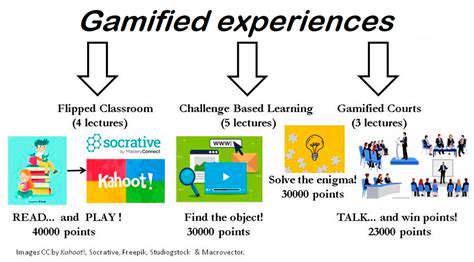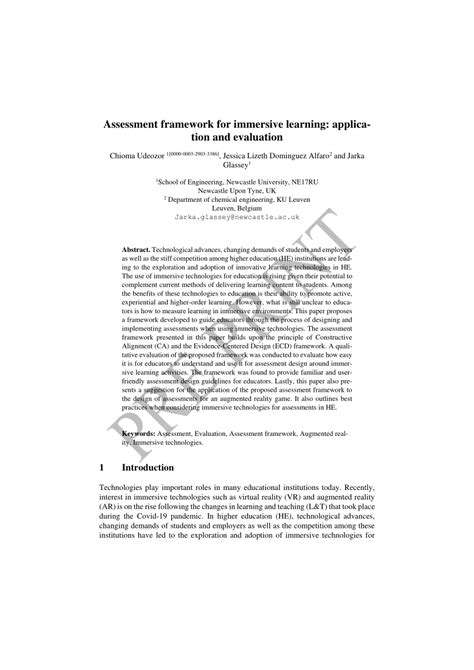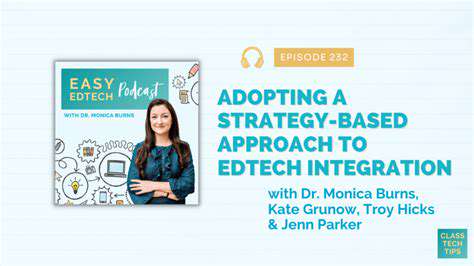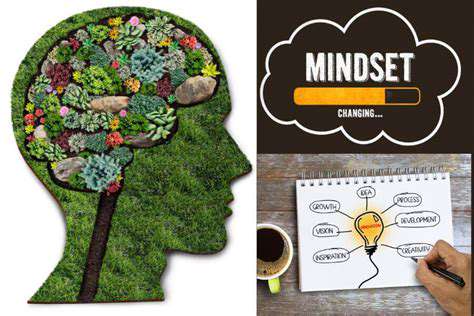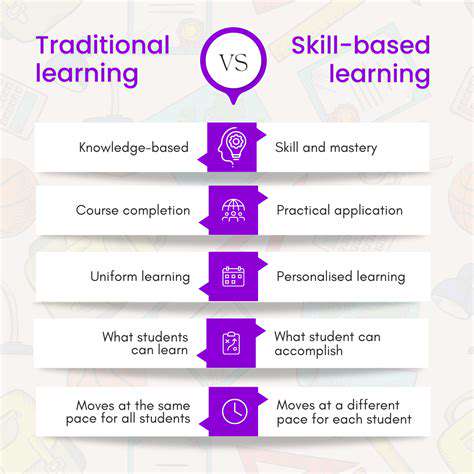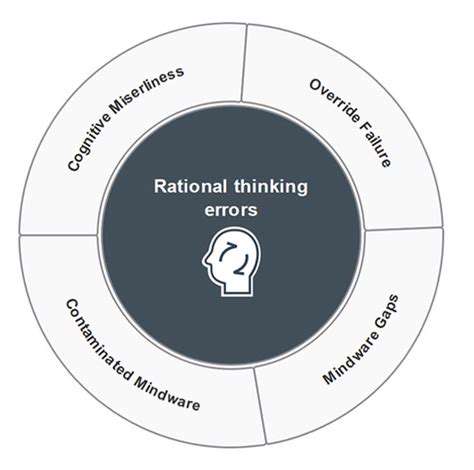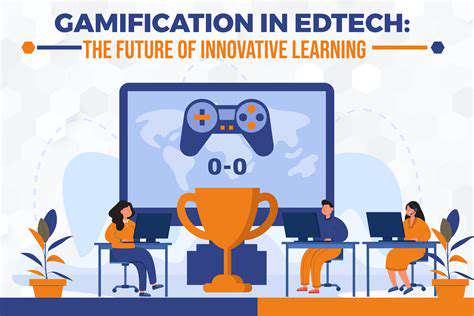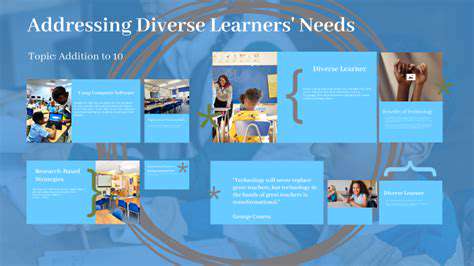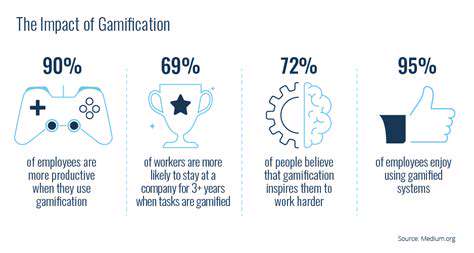The Art of EdTech Adoption: Strategies for Success
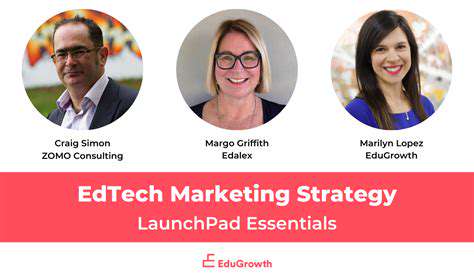
Defining Your EdTech Needs: Identifying Key Areas
Every educational institution has unique requirements when it comes to technology integration. The process begins with a comprehensive evaluation of your current academic ecosystem, examining available resources, teaching approaches, and student population characteristics. Spotting the deficiencies and challenges in your existing framework is absolutely critical for choosing appropriate educational technology solutions. This evaluation must also account for diverse learning preferences and special requirements among students, guaranteeing that any adopted technology meets their personal educational needs.
While addressing immediate concerns is important, it's equally vital to consider long-term institutional growth. Predicting future educational trends and technological developments will help maintain the relevance and efficacy of your technology choices. Think about potential obstacles that may emerge down the line and how educational technology could help navigate them. This proactive mindset can prevent expensive and disruptive system overhauls in future years.
Prioritizing Your EdTech Goals and Objectives
After pinpointing institutional needs, the next step involves establishing clear targets for technology implementation. What specific improvements are you hoping to accomplish? Enhanced student involvement, more efficient teaching processes, or simplified administrative operations? Articulating these aims will direct your technology selection, guaranteeing that chosen solutions directly contribute to your intended results. Well-defined objectives also facilitate evaluation of technology effectiveness and allow for necessary modifications during implementation.
Creating measurable indicators to monitor advancement and assess technology return on investment is highly recommended. Concrete performance data will highlight the benefits of implemented solutions, supporting future funding requests and demonstrating value to all stakeholders. Tracking metrics like academic performance indicators, classroom participation statistics, or educator satisfaction surveys can offer valuable perspective on technology effectiveness.
Budgeting and Resource Allocation for EdTech
Developing a practical financial plan is fundamental for successful technology adoption. Careful evaluation of available funds allows for informed decisions regarding the scope and scale of potential technology acquisitions. This financial planning process ensures optimal use of resources and alignment between technology choices and fiscal limitations.
Beyond monetary considerations, human resource requirements demand equal attention. Educator and student training programs are indispensable components of effective technology integration. Allocating resources for these critical elements promotes seamless adoption and maximizes technology benefits. Detailed planning for professional development and continuous support significantly enhances long-term technology implementation success.
Crafting a Realistic Implementation Plan: From Vision to Action
Defining the Scope and Objectives
An effective implementation strategy starts with precise definition of project parameters and desired outcomes. This requires detailed articulation of specific goals for technology integration. Are you focusing on boosting student interaction, improving instructional efficiency, or creating customized learning opportunities? Expressing these objectives in quantifiable terms is essential for monitoring progress and proving implementation impact. For instance, rather than a general goal like enhance student interaction, a more precise objective might be achieve 30% growth in digital platform engagement during the initial academic term. This specificity enables more accurate assessment and necessary refinements throughout implementation.
Additionally, identifying target user groups and specific technology solutions is imperative. Will implementation encompass all students, particular grade levels, or specific academic disciplines? Selecting technology tools that precisely match educational objectives and learner requirements establishes the foundation for successful execution. Comprehensive needs analysis incorporating input from educators, learners, and administrators helps verify that chosen solutions genuinely address institutional challenges and opportunities.
Developing a Phased Approach for Implementation
Practical implementation requires gradual, systematic progression rather than immediate full-scale adoption. Segmenting the process into distinct stages minimizes disruption and fosters stakeholder acceptance. This incremental method permits thorough testing, necessary modifications, and continuous assistance throughout adoption. Initial phases might concentrate on limited trials with selected student or teacher groups to identify potential issues before expanding implementation institution-wide.
Each stage should feature specific benchmarks, scheduled timelines, and dedicated resources. This organized approach guarantees timely task completion and ensures accessibility of all required materials, including instructional resources, technical assistance, and professional development opportunities. Precise schedules and clearly defined responsibilities for each phase create an implementation roadmap, maintaining project momentum and ensuring team accountability.
Ensuring Sustainability and Continuous Improvement
Successful technology integration represents an ongoing evolution rather than a single event. Incorporating mechanisms for long-term support and evaluation is fundamental for sustained effectiveness. This includes forming specialized support teams to handle technical concerns, provide continuous training, and offer guidance to educators and learners. Regular feedback collection from all participants is essential for gathering insights and adapting to changing needs and preferences.
Assessing technology effectiveness through data analysis is paramount. Monitoring crucial indicators like learner engagement levels, academic achievement metrics, and educator satisfaction ratings yields valuable information about implementation impact. Utilizing this data to guide refinements and enhancements ensures technology solutions continue meeting evolving institutional requirements. This continuous evaluation cycle is vital for maintaining relevance, efficacy, and value of implemented solutions over time.

Read more about The Art of EdTech Adoption: Strategies for Success
Hot Recommendations
- The Gamified Parent Teacher Conference: Engaging Stakeholders
- Gamification in Education: Making Learning Irresistibly Fun
- The Future of School Libraries: AI for Personalized Recommendations
- EdTech and the Future of Creative Industries
- Empowering Student Choice: The Core of Personalized Learning
- Building Community in a Hybrid Learning Setting
- VR for Special Education: Tailored Immersive Experiences
- Measuring the True Value of EdTech: Beyond Adoption Rates
- Addressing Digital Divide in AI Educational Access
- Preparing the Workforce for AI Integration in Their Careers
